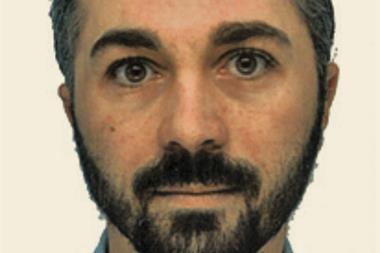The Swiss government has amended existing laws on occupational pensions and investment foundations to create a new investment category allowing Pensionskassen to invest in unlisted assets in a bid to boost the financing of innovative technologies.
The change – kicking in from 1 January – means that unlisted assets are now considered a standalone category of lawful investments for Pensionskassen with an allocation ceiling of 5% of total assets.
These types of investments fell previously under the category of alternative investments, according to the law, with an allocation limit of 15% of total assets.
The cabinet has now amended the regulation for occupational pensions BVV 2 so that pension funds can invest assets in private debt and private equity, but companies must have their headquarters or operations in Switzerland. This also applies to investments in infrastructure.
According to article 53, paragraph 4 of the BBV 2, pension funds can hold alternative investments only through diversified collective investments, diversified certificates or diversified structured products.
If investments in private equity and private debt are held through collective investment schemes, over half of capital of the scheme must be invested in Switzerland, according to the new law passed by the government.
A venture capital fund that for example has targeted investments of more than 50% in Switzerland can fall under the new category, the Federal Social Insurance Office (FSIO) said in a document explaining the new regulation.
Systematic borrowing by private equity firms or companies to increase performance is not permitted under the new category, the FSIO said, adding that instead short-term borrowings are allowed, including for infrastructure investments.
According to article 53 paragraph 2 of BVV 2, direct investments are also possible, whereas article 50 paragraph 4 specifies the requirement of an appropriate diversification for infrastructure and unlisted assets, meaning a counterparty risk not exceeding 1% of assets, the FSIO explained.
Diversification has a central role especially for venture capital, but also in private debt and private equity investments due to the high default rates and long-term illiquidity, it added.
The cabinet has also reviewed the rules on investment foundations (ASV) – specifically article 17 on preliminary examination, article 19 on capital commitments, article 30 on exceptions, article 32 on subsidiaries, and article 37 on obligations to publish a prospectus – in order to include the possibility of investments in private debt and private equity.
Infrastructure investments are mentioned in article 30, first paragraph of the ASV, for the first time as an investment category on its own and not as part of alternative investments.
In changing the laws on occupational pension and investment foundations the government is applying the same logic used at the time it decided to create a stand-alone asset category for infrastructure with a maximum investment limit of 10% of total assets.
Investments in “innovative and promising technologies” can unlock value for pension funds, contributing to meeting long-term goals to finance pensions, and overall support Switzerland as a location to develop technology by means of venture capital investments, it said.












No comments yet